It is often in the most challenging of times that the value of art to society is clearest. Such has surely been true of this uncertain era of Covid-19, in which isolated Americans all across the country have turned time and again to film, television, music and literature in search of a moment’s respite or an inspiring tale of resilience on which to draw.
Art’s ability to contextualize our individual struggles and remind us of our place in the order of things is a power it shares with nature. As anyone who has found peace through hiking, camping or gardening this year can attest, the natural world is an inherently meditative and restorative space in which we would all do well to pass a little time.
Given the restorative potential of both art and nature, it is entirely fitting that this year’s Renwick Invitational—a biennial exhibition celebrating a diverse ensemble of gifted craftspeople—is themed around the intersection of these two spheres.
The exhibition, which opened this October at the Renwick Gallery of the Smithsonian American Art Museum, is titled “Forces of Nature” and uses the language of sculpture and other visual art to mediate between humanity and the wonders of the world around us. Installations by a select group of artists hailing from Portland, Maine; Provincetown, Massachusetts; Seattle, Washington; and Bloomington, Indiana will offer striking perspectives on this theme through June 27, 2021.
Forces of Nature: Renwick Invitational 2020
Nature provides a way for these invited artists to ask what it means to be human in a world increasingly chaotic and divorced from our physical landscape. Representing craft media from fiber to mosaic to glass and metals, these artists approach the long history of art’s engagement with the natural world through unconventional and highly personal perspectives.
Opening the show is a larger-than-life installation from the Indiana farmer and mixed-media artist Rowland Ricketts, titled Ai no Keshiki – Indigo Views. Soaring toward the top of its high-ceilinged gallery, the work is composed of pieces of cloth suffused with rich Awa indigo dye cultivated by Ricketts himself. Suspended in neat rows like linens on clotheslines, the sheets nonetheless have an uncanny natural elegance to them, resembling a flock of beautiful bluebirds in flight.
Some of the sheets are more faded than others, owing to the fact that each spent a summer in a specific household in a specific part of the world and organically absorbed a unique amount of light. In all, 450 volunteers from ten countries agreed to keep a swatch of Ricketts’s dyed cloth in their care, their disparate lifestyles all literally coloring the ultimate artwork.
The lighting in the exhibition is also tinged with human experience: its intensity varies dynamically according to changes in local and global Covid statistics, which are algorithmically “interpreted” by the installation’s suspended incandescent bulbs. The ethereal music filling the space, in turn, adapts to the changing lighting. This ever-evolving quality, guest curator Emily Zilber says, “gets to the core of what Rowland’s piece is about: How can nature bear witness to everyday moments?”
Following on from Ricketts’s exploration of nature and human experience, Portland-based artist Lauren Fensterstock stops museumgoers in their tracks with an otherworldly comet of deepest black, titled The totality of time lusters the dark. Running the full length of its large oblong gallery, the surreal, spike-headed missile seems to transcend place and moment—it is eternal and cosmic, all-encapsulating yet stubbornly impenetrable.
Inspired by an image in the 16th-century manuscript The Book of Miracles, Fensterstock’s obsidian-encrusted piece speaks to both the wonder and the folly of human efforts to reckon our place in the cosmos. It exemplifies the sculptor’s approach to art as “unconventional landscape architecture,” which draws on the decorative arts and often features large-scale, fastidiously detailed centerpieces. “There are these huge feats of engineering in it,” Zilber says of the work, “but also these small moments that are just as impressive as the overall splendor.”
Fensterstock’s gallery feeds into the heart of the exhibition space: the home of Washington State sculptor and glassworker Debora Moore’s Arboria series. Arboria is an exquisitely detailed quartet of hand-sculpted trees, each possessed of a delicate, transient beauty that belies both the intensity of its birth in Moore’s hot shop and the finality of its hardened form. Coated in a “liquid skin” of silicone, crushed glass, and pigment, the trees of Arboria at once honor and transcend nature, amalgamating details remembered from across Moore’s world travels—including lichen she observed in Antarctica—into dreamlike hybrid organisms.
Moore’s admiration for her artistic forebears is apparent in the crown of her cherry tree, which she sculpted using a centuries-old chandelier-making technique, and in the body of her magnolia, which she shaped with a 150-year-old Italian glassworkers’ tool. At the same time, her work is emphatically alive, unabashedly of the present. “I love the liquid form,” Moore says, “the hot molten glass you can freeze in a moment.” Inspired by the Japanese concept of shinrin yoku, or “forest bathing,” Arboria envelops you in its hyperreal landscape—an impressive feat for an installation in such a large gallery. “These works demand a lot of psychic space,” Zilber explains. She encourages visitors to “spend some time thinking about what it takes to make something like that”—to find “power through materiality.”
Rounding out the show is the art of Timothy Horn, an Australian mixed-media sculptor who resides in Provincetown. His work playfully explores the imposition of human ideas of class and beauty on the inscrutable elegance of the natural world. Horn’s branching Gorgonia 12, for instance, named for a genus of corals, is ornamented with blown glass orbs, Christmas tree-like in its contrivance yet still unmistakably bound to the deep, unknowable ocean.
Also on exhibit are a shocking pair of sculptures that Horn fashioned entirely of crystallized rock sugar: one an ornate carriage, the other a massive chandelier. Both smack of rococo excess and impracticality, literally cloying in their brown sugary extravagance. They provide stark warnings against the exploitation of nature’s resources to line the pockets of a privileged few, pleas to preserve the natural world and to ensure that access to its wonders remains universal forevermore. “The pandemic has really drawn attention to inequality in unforeseen ways,” Zilber says, so she anticipates visitors to the museum will find these pieces particularly resonant.
Regarded as a whole, this year’s Renwick Invitational is remarkable for both the breadth of its subject matter—from farmland to Antarctica, from the ocean depths to outer space—and the cohesiveness of its message: that the natural world not only deserves our love and admiration, but has the power to inspire us, pick up our spirits, and spur us down the long, uneven path to an equitable, sustainable future. “It offers a pure physical and mental sense of relief and belief,” Zilber says. “It’s an exhibition that has the capacity to meet people where they are, and that’s something that feels especially important now.”
“Forces of Nature” will be on view at the Renwick Gallery of the Smithsonian American Art Museum through June 27, 2021. The space is currently open Wednesday through Sunday from 10:00 to 5:30. While social distancing is enforced on the premises, no timed-entry passes are required for admittance.
A Note to our Readers
Smithsonian magazine participates in affiliate link advertising programs. If you purchase an item through these links, we receive a commission.
/https://tf-cmsv2-smithsonianmag-media.s3.amazonaws.com/filer/8a/14/8a145f7e-4d45-4570-9109-d09fe4d707e1/longform_mobile.jpg)
/https://tf-cmsv2-smithsonianmag-media.s3.amazonaws.com/filer/f7/12/f712a727-c6eb-42fc-bdbb-f32f13327182/fixed_version_for_beth.jpg)
/https://tf-cmsv2-smithsonianmag-media.s3.amazonaws.com/accounts/headshot/DSC_02399_copy.jpg)
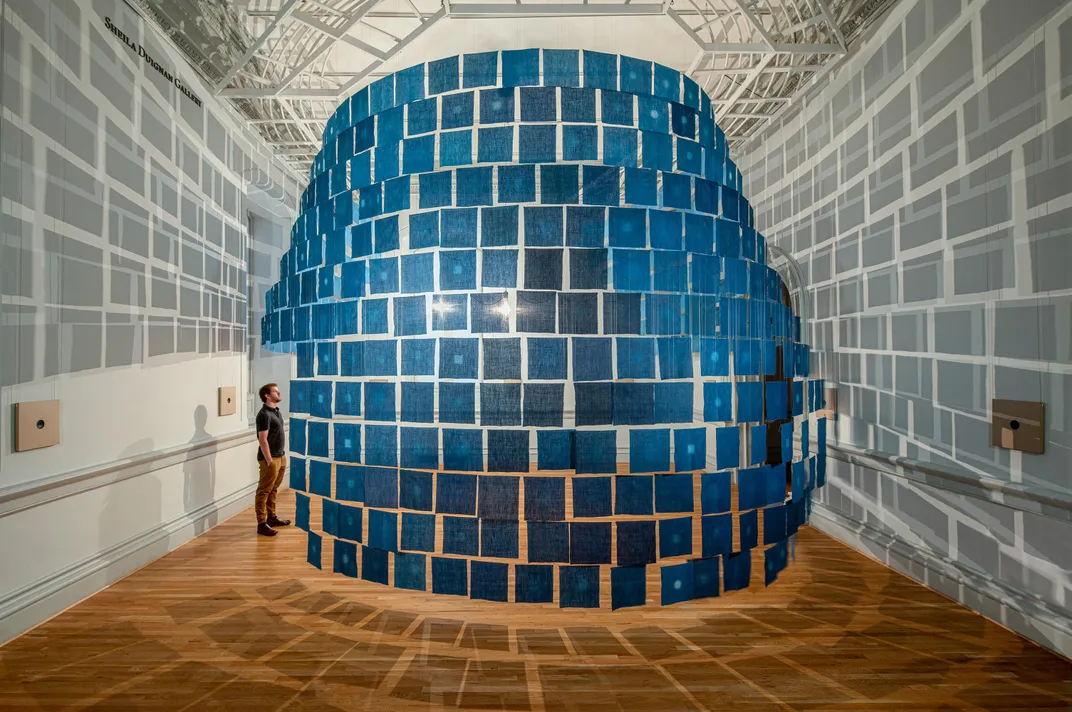
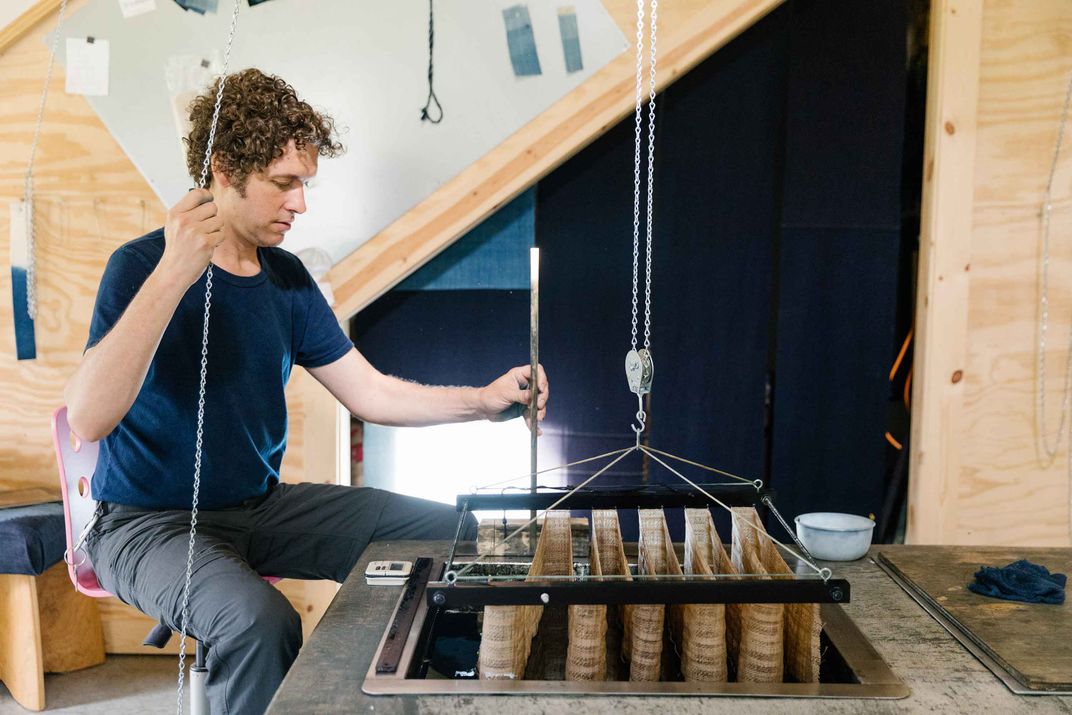
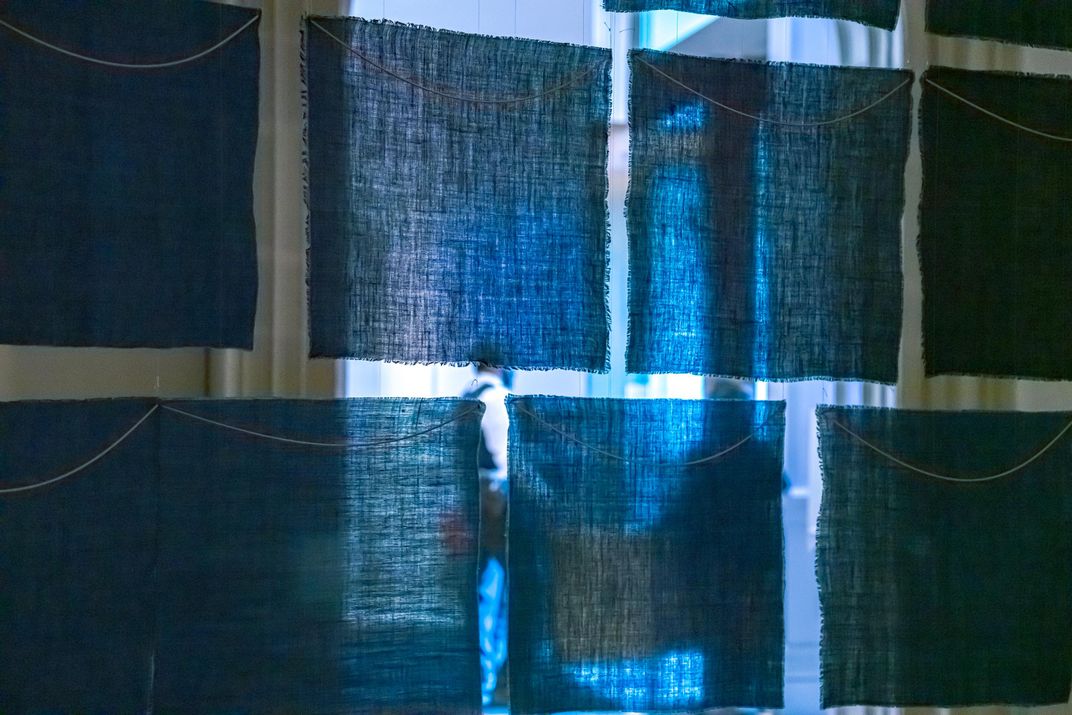
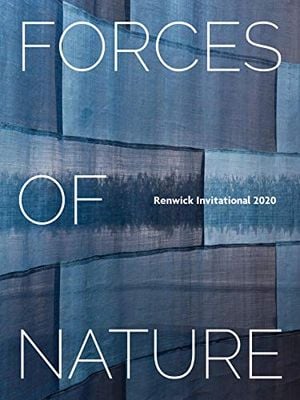
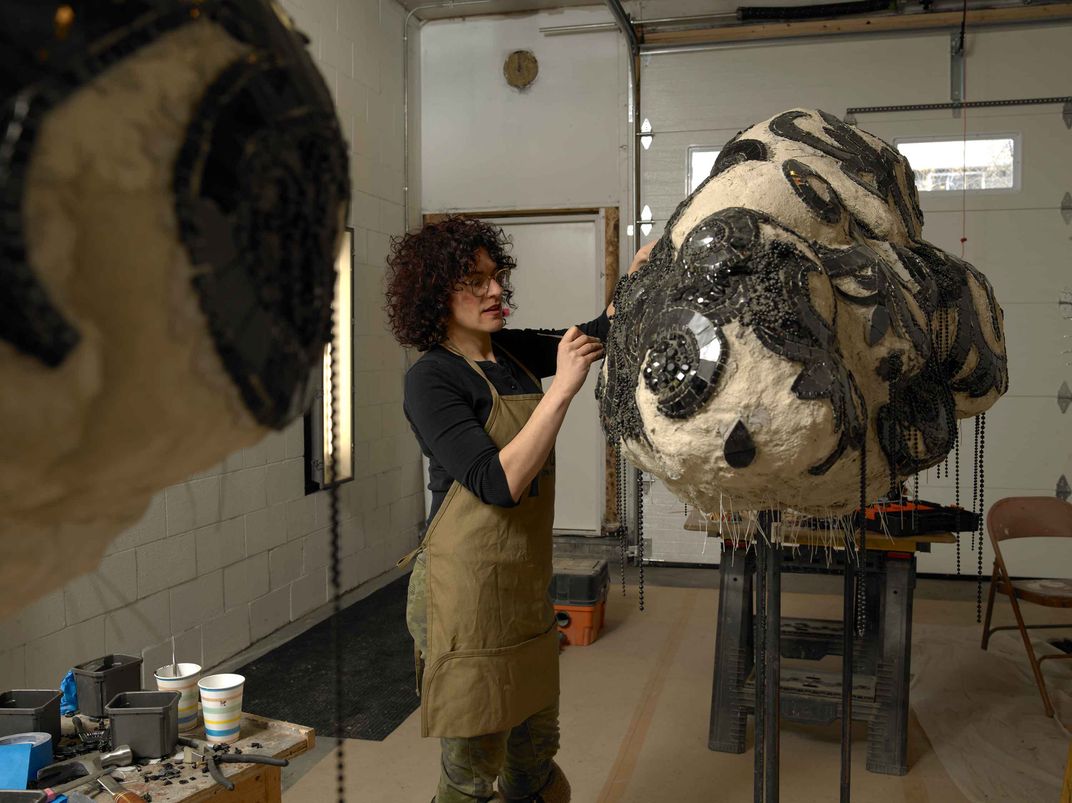
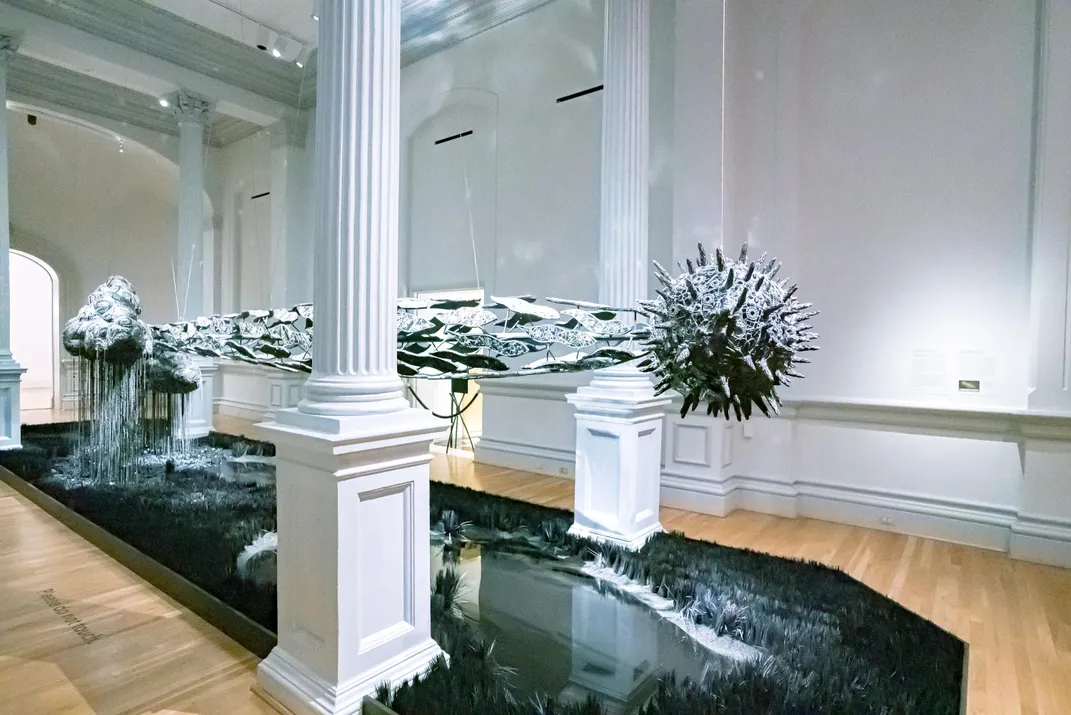
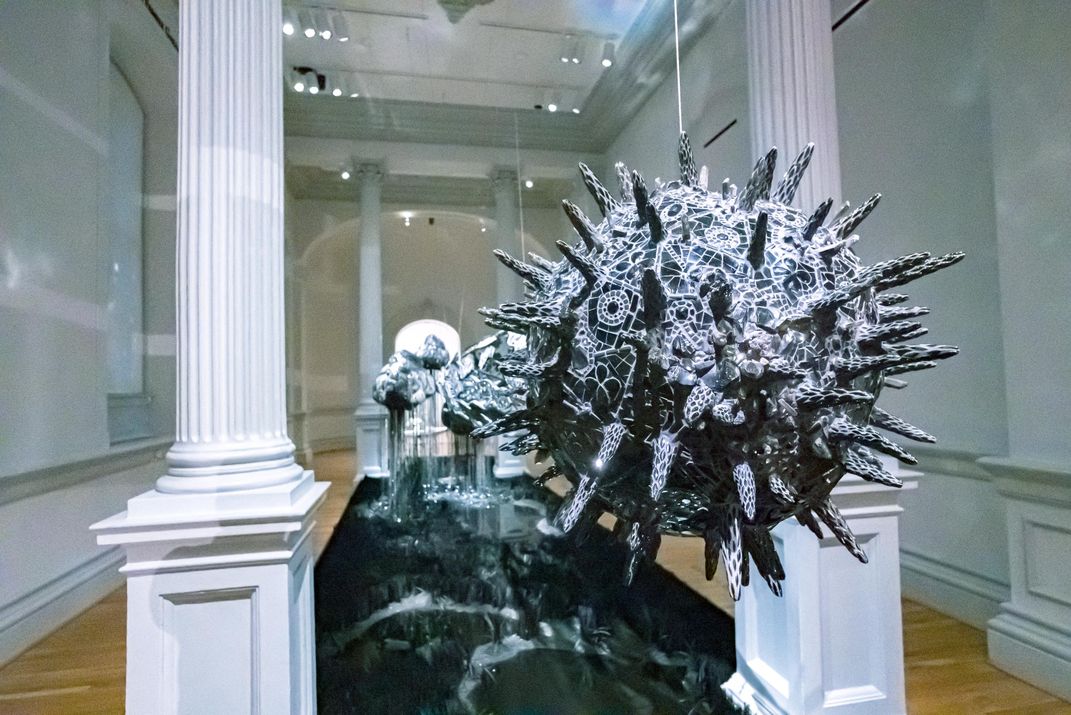
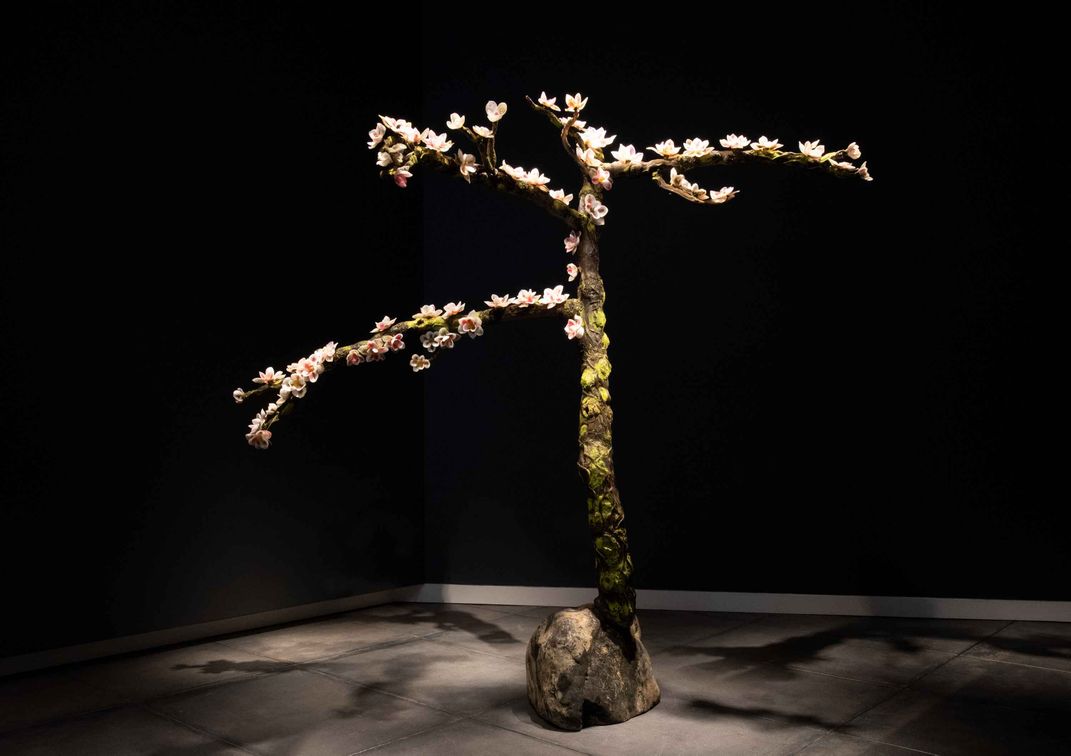
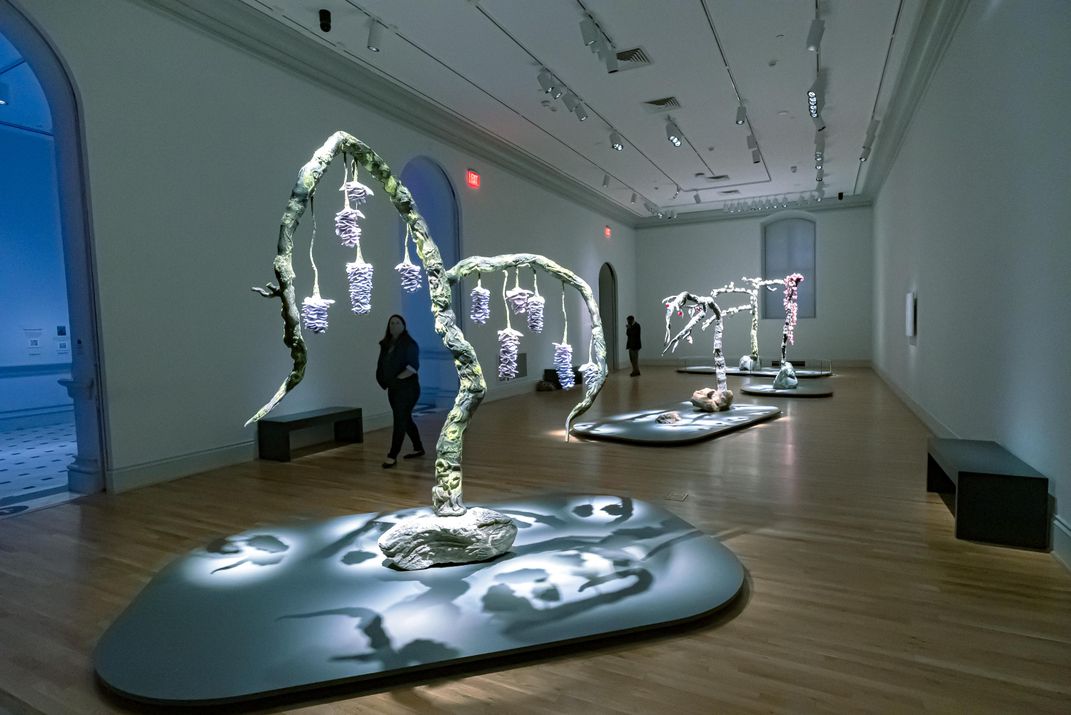

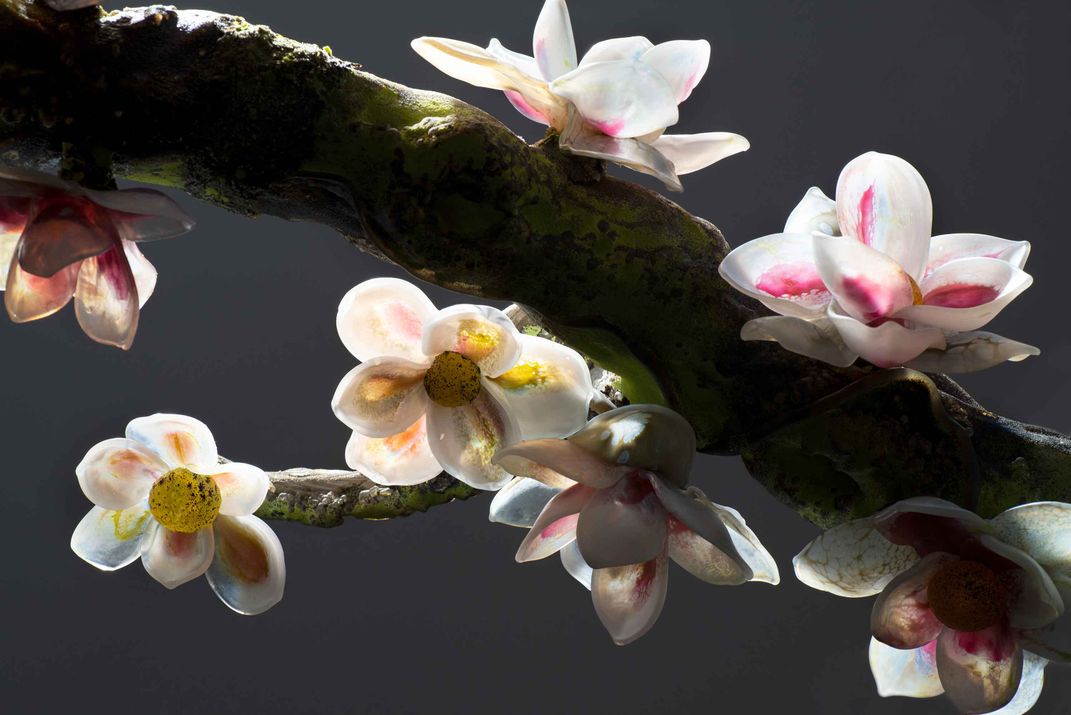
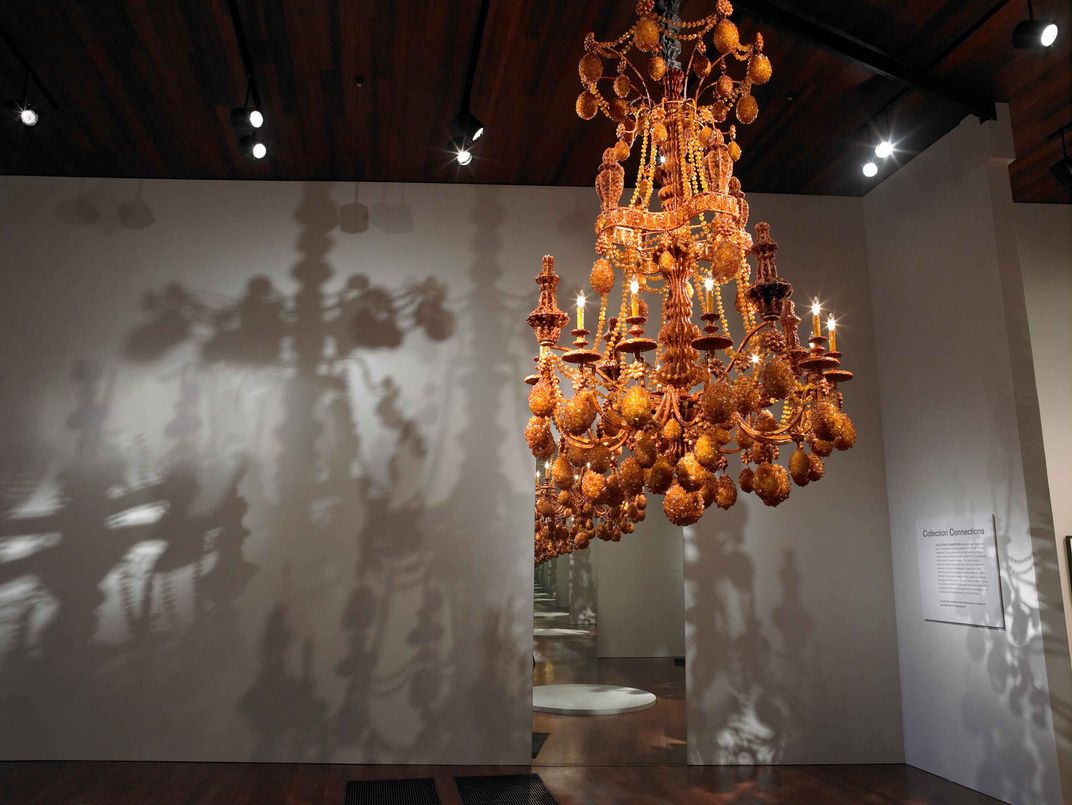

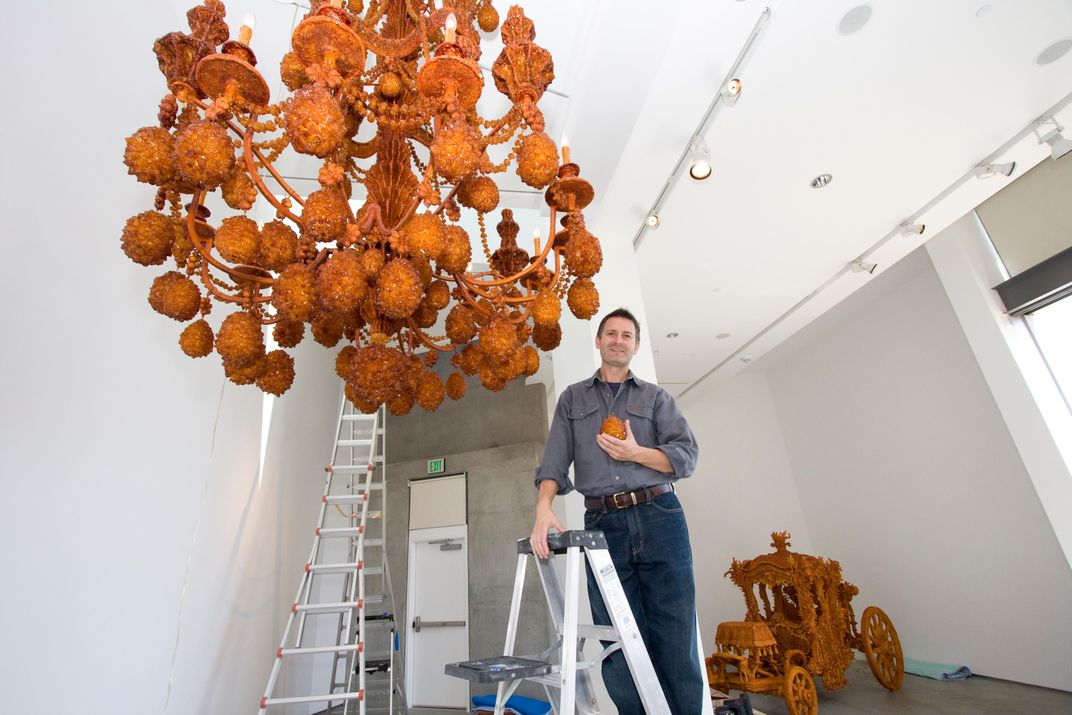
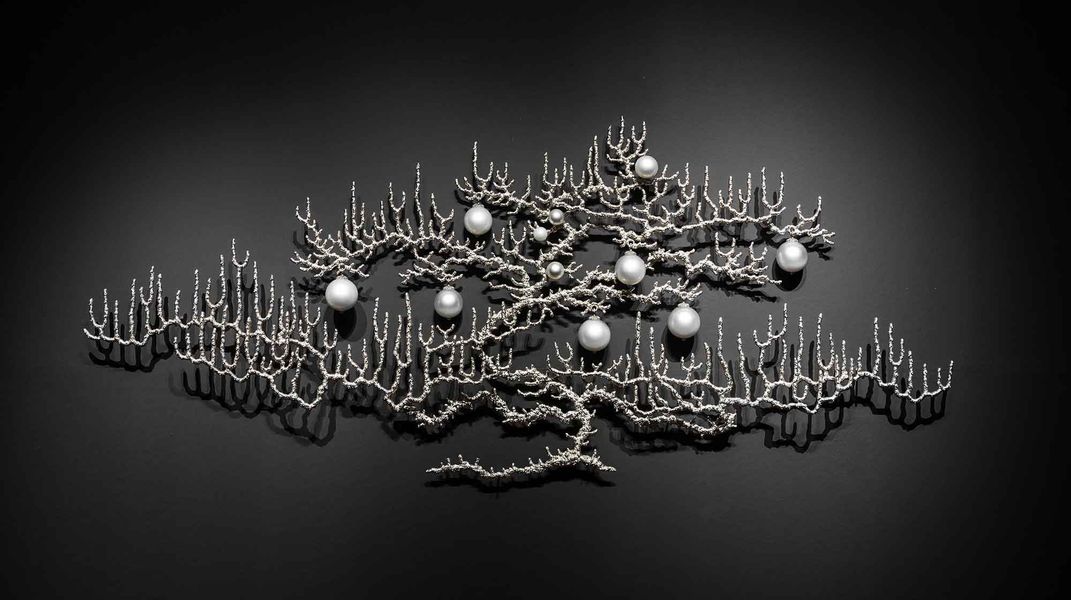


/https://tf-cmsv2-smithsonianmag-media.s3.amazonaws.com/accounts/headshot/DSC_02399_copy.jpg)